Strategies for Conserving Water in an Emergency
Water is an essential resource that we often take for granted. However, during emergencies such as natural disasters or other unforeseen circumstances, a reliable water supply may become scarce. In these challenging situations, it becomes crucial to conserve water. I’d like to discuss effective strategies for conserving water in an emergency.
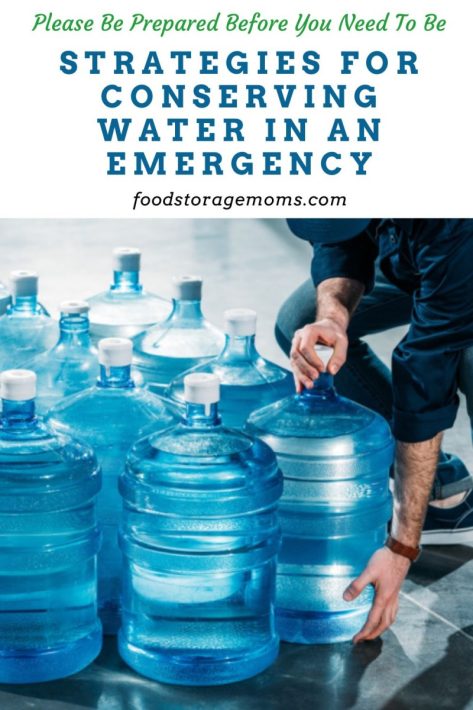
1. Prioritize Water Usage
In emergency situations, it’s essential to prioritize water usage. Allocate water for drinking and cooking, while minimizing usage for non-essential activities such as watering plants or cleaning. When you establish priorities for the water, you can ensure that the available water resources are used most effectively.
A good example is when washing your clothes. We’ve found that with the latest clothes washers, we can use a shorter cycle and less water and still achieve clean clothes. When things get really tough, you may have to learn to flush the toilets less often.
There’s an old saying, “If it’s yellow, let it mellow; if it’s brown, flush it down.” That may seem to be an extreme measure, but it may need to be your family’s motto at some point.
There are also more efficient toilet tank flushing units that use a liter of water rather than a gallon or more. Next time you replace your toilet, consider your options.
2. Store Water in Advance
One of the most effective ways to prepare for emergency situations is by storing an adequate supply of water in advance. The recommended amount is one gallon per person per day for at least three days.
Store water in clean, airtight containers away from direct sunlight to prevent bacterial growth. Remember to regularly rotate and replace stored water to maintain its freshness. Water Storage: How Much Do You Really Need?
I’ve been recommending to my readers for a long time that they consume four gallons of water per person per day. We not only need to stay properly hydrated, but also have access to water for cooking, doing minimal laundry, and performing limited personal hygiene tasks.
When it comes to hydration, consider keeping a larger container of water in the refrigerator for drinking purposes rather than running the kitchen tap and waiting for the water to get cold enough to drink.
3. Limit Non-Essential Water Usage
During an emergency, it’s crucial to minimize non-essential water usage. Take shorter showers and turn off the faucets in your sink or bathroom wash bowl while brushing your teeth or shaving. Use kitchen-efficient appliances and fixtures to reduce water consumption. Repair any leaks and slow drips promptly to prevent unnecessary water wastage. How to Prepare for a Drought
Faucets that have aerators installed tend to use less water. Also, when available water is a concern, consider throwing more items in the trash rather than using your garbage disposal and related water to dispose of them.
We all like clean cars, but we’ll need to cut back on the frequency of those driveway-based car washes. We can also use a broom to clear debris from sidewalks, patios, porches, or driveways, rather than using a hose.
When washing cars at home, don’t leave the hose running full-time. Have a hose with an effective shut-off nozzle so the water is only running when actually needed to rinse off the dirt or soap suds. Be sure to use less water than you would at a local commercial car wash.
4. Reuse Water
In emergency situations, every drop counts. Consider reusing water whenever possible. For example, collect and reuse water from washing dishes, laundry, or bathing to flush toilets or water-specific plants. Graywater systems can be employed to treat and reuse water for various purposes, reducing the strain on existing water supplies. Creative Water Storage Solutions for Emergencies
When it comes to keeping your garden thriving, consider various irrigation systems, such as drip irrigation. Many communities are suggesting zero-scape landscaping where more small rocks take the place of lawns and flower garden beds.
If you feel strongly that you need the green stuff to stay, water less often or for shorter periods. Additionally, consider watering sections with sprinkler systems twice for shorter periods, allowing the water to soak in, which reduces overall water usage since there is less runoff.
You are also wise to use mulch in your gardens to help maintain a higher level of soil moisture. Using food waste materials in your compost pile can help reduce kitchen disposal and also minimize garden chemical usage.
5. Harvest Rainwater
Rainwater harvesting is an excellent method to supplement your water supply during emergencies. Set up rain barrels or collection systems to capture rainwater from roofs and gutters. This harvested water can be used for various non-potable purposes such as gardening or cleaning. How to Use Rainwater at Home
6. Efficient Cooking and Cleaning
During emergencies, efficient cooking and cleaning techniques can significantly reduce water usage. Opt for one-pot meals or use a pressure cooker to minimize water consumption during cooking.
When washing dishes, fill a basin with clean, clear water for rinsing instead of running the tap continuously. Use biodegradable and eco-friendly cleaning products to minimize environmental impact. 25 Smart Ways To Save Money Cooking
It has been shown that modern dishwashers actually use less water than most families use when washing dishes by hand. Conduct research to discover the most effective way to utilize your dishwasher’s features.
7. Hygiene Practices
Maintaining personal hygiene is crucial, even in emergency situations. However, it’s essential to conserve water while practicing good hygiene. Consider using wet wipes or hand sanitizers when water is limited.
When bathing, use a damp cloth or sponge bath instead of a full shower. These small adjustments can lead to substantial water savings. You may consider washing your hair less often, as it requires a significant amount of water to wash and rinse.
8. Community Cooperation
During emergencies, communities can come together to maximize water conservation efforts. Collaborate with neighbors to share resources, such as water storage containers or rainwater harvesting systems. Implement community-wide water-saving initiatives, such as group laundry or communal bathing facilities, to optimize water usage.
What You Need In A Community To Survive: Share these water conservation tips with your neighbors and extended family members, since many may be unfamiliar with the steps that should be taken.
Why is conserving water in an emergency important?
Water is a vital resource for survival, and during an emergency situation, such as a natural disaster or water shortage, the availability of clean water may be limited. Conserving water helps ensure that everyone has access to the necessary amount for drinking, cooking, and sanitation purposes.
How much water should I have stored for emergencies?
It is recommended to have at least one gallon of water per person per day for a minimum of three days. This includes water for drinking, cooking, and hygiene purposes. It’s also essential to store additional water for pets and any medical needs.
Are there any alternative sources of water during an emergency?
Yes, there are alternative sources of water during an emergency. These can include rainwater, water from natural bodies like lakes or rivers (if deemed safe), and melted ice cubes from the freezer. However, it is crucial to purify or treat these sources before using them for drinking or cooking.
How long can stored water be kept before it needs to be replaced?
Stored water should be replaced every six months for optimal freshness and quality. Mark your containers with the date of storage to keep track of when they need to be rotated. I recommend a product called Water Preserver, which, when used as directed, can keep your stored water safe for up to five years.
How can I conserve water during an emergency?
- Limit shower time and use a bucket to collect water while it warms up.
- Fix any leaks immediately.
- Only run the dishwasher or washing machine with full loads.
- Use a broom instead of a hose to clean outdoor areas.
- Collect rainwater in containers for non-potable uses, such as flushing toilets or watering plants.
- Reuse water whenever possible, such as using leftover cooking water for plants.
More Tips
- How To Store Water: Pros and Cons
- Water: Do You Have Enough Stored?
- Creative Water Storage Solutions for Emergencies
Final Word
Conserving water in an emergency is a critical aspect of disaster preparedness and response. Feel free to use the strategies mentioned above to help determine the proper use of limited water resources. If you have additional ideas I can share with my readers, please add them in the comments section below. May God Bless this World, Linda
Copyright Images: Water Bottles With Hand Truck Depositphotos_184996666_S by IgorVetushko, Water Bottles Being Delivered Depositphotos_184997244_S by IgorVetushko

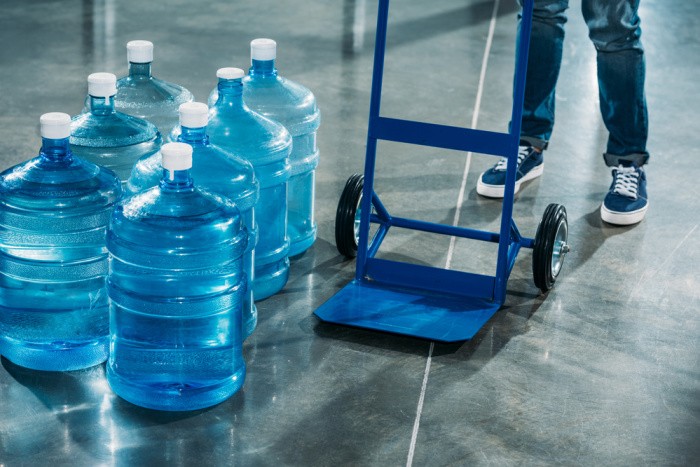

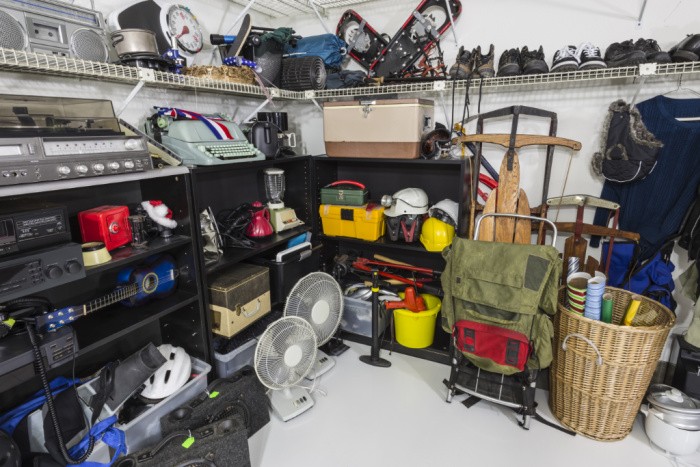
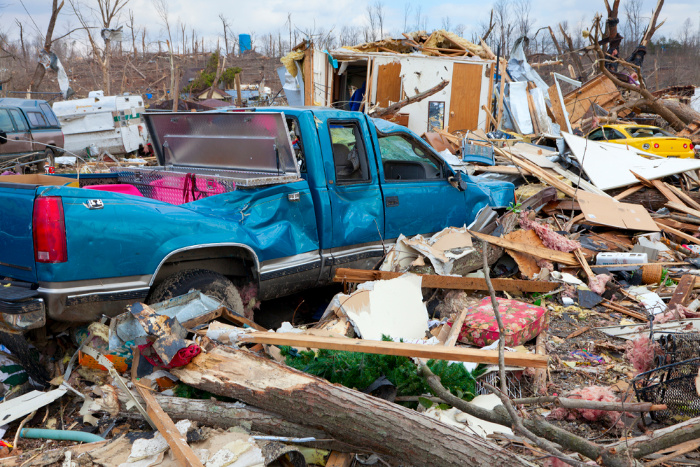
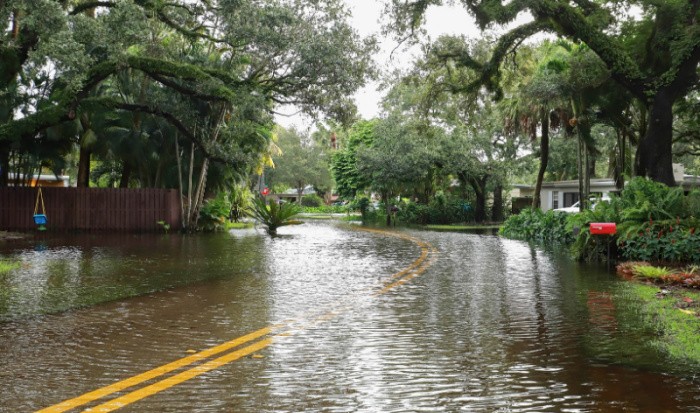
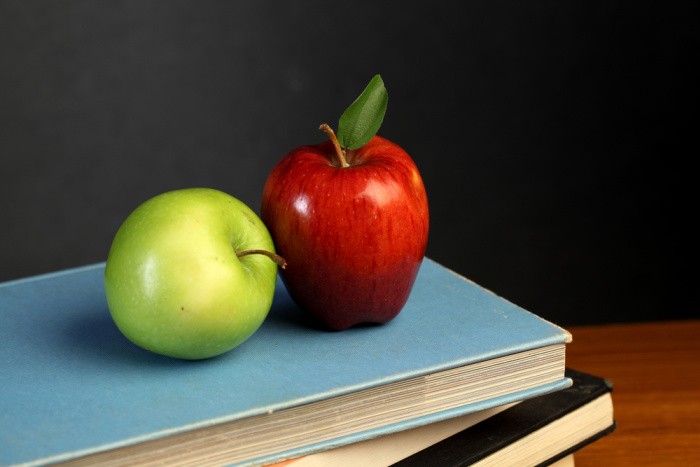
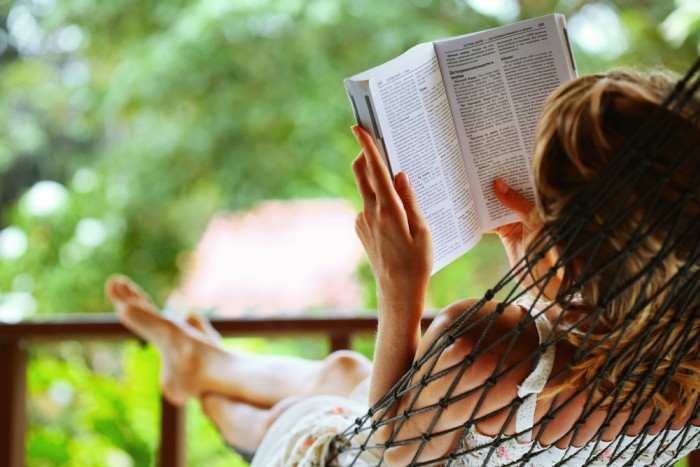
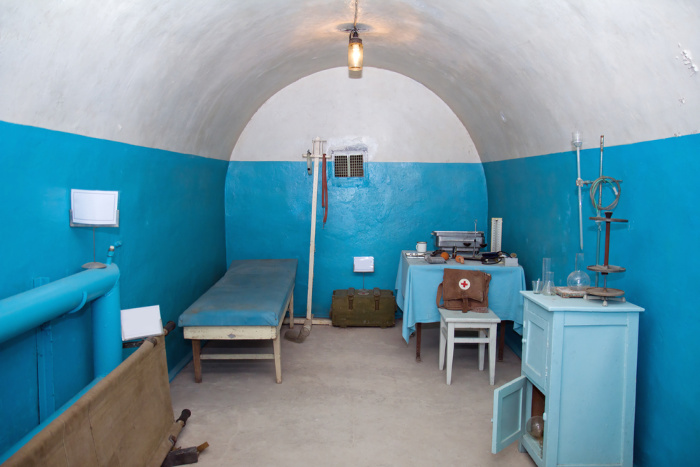
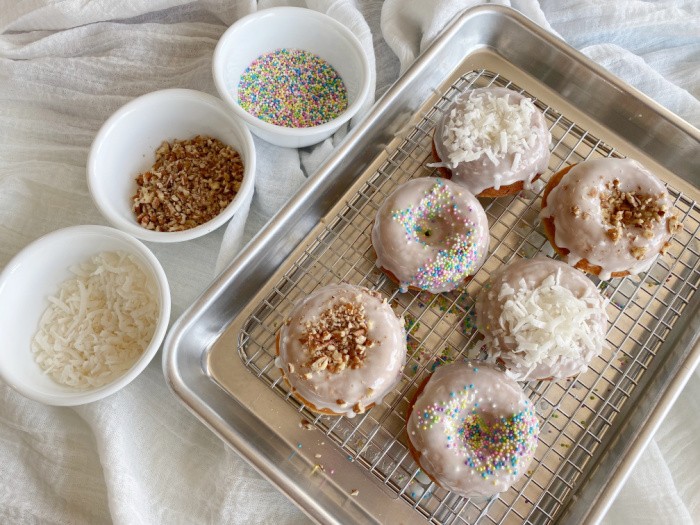
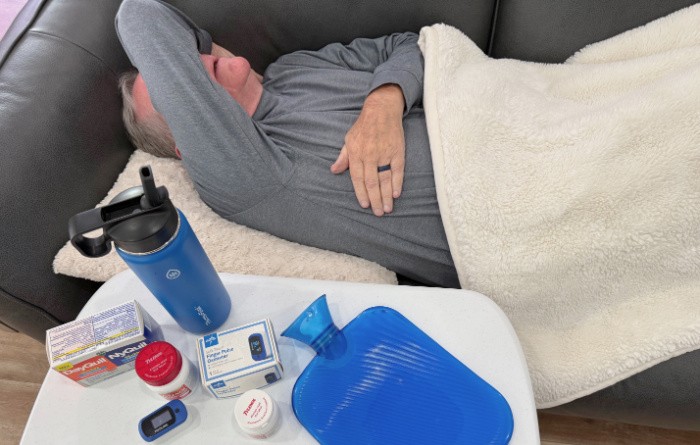
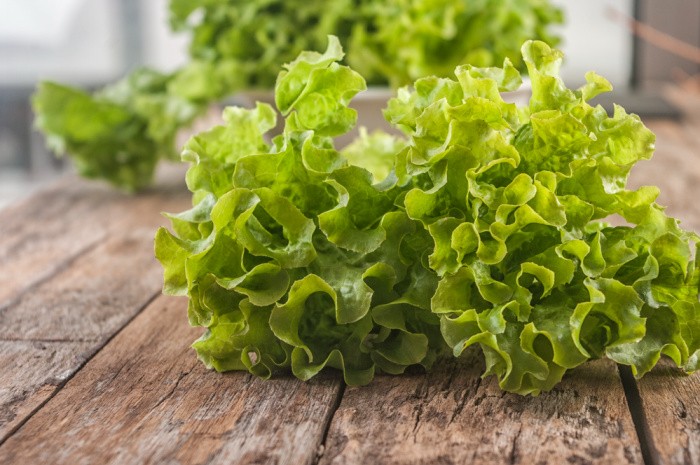
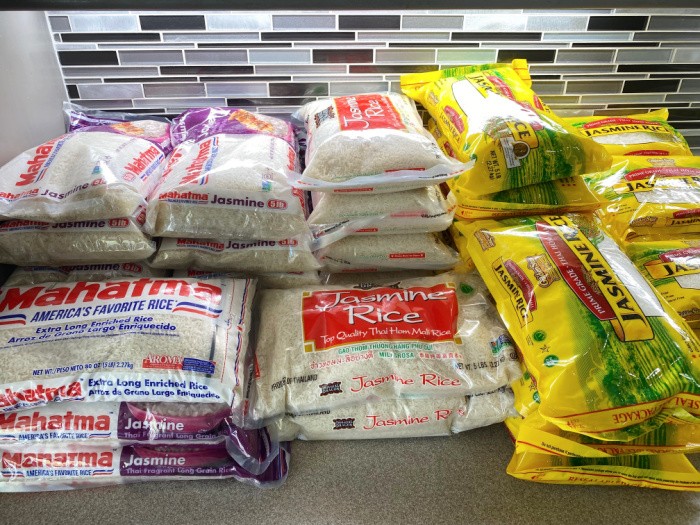
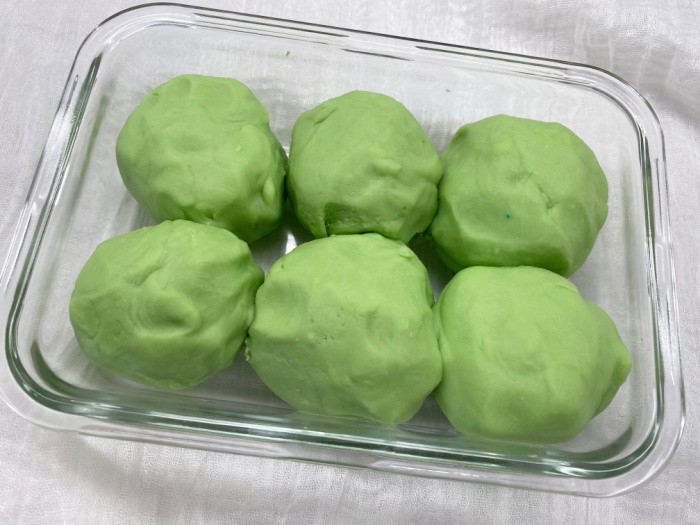
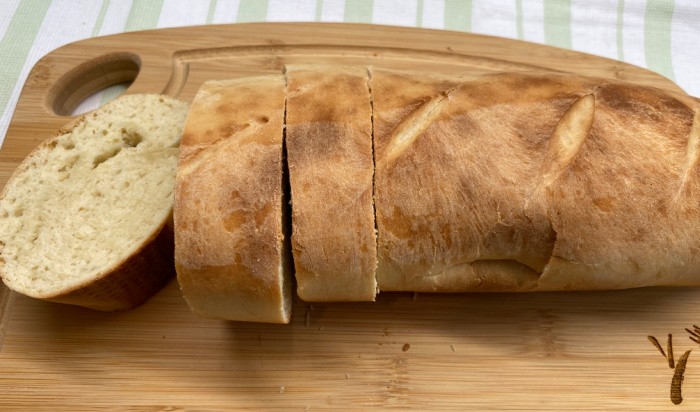
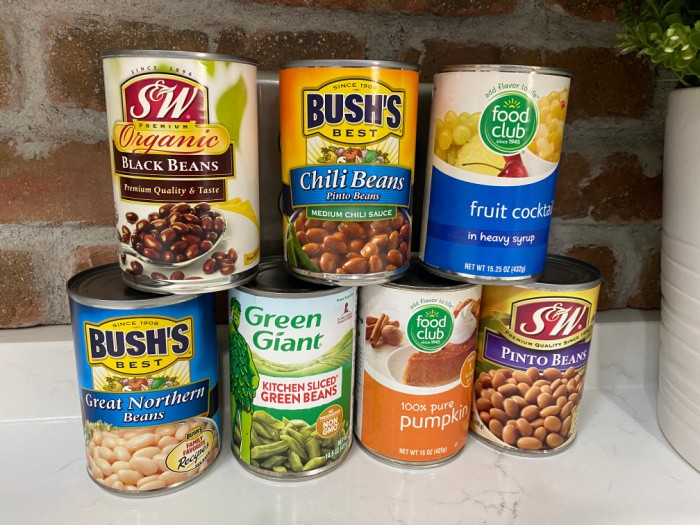
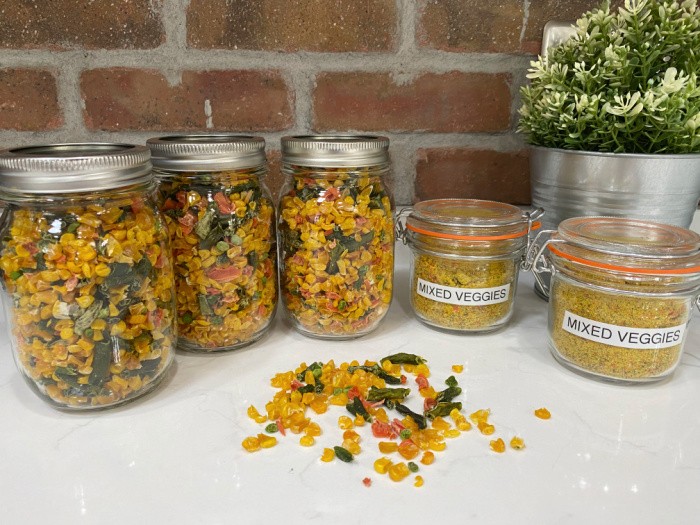

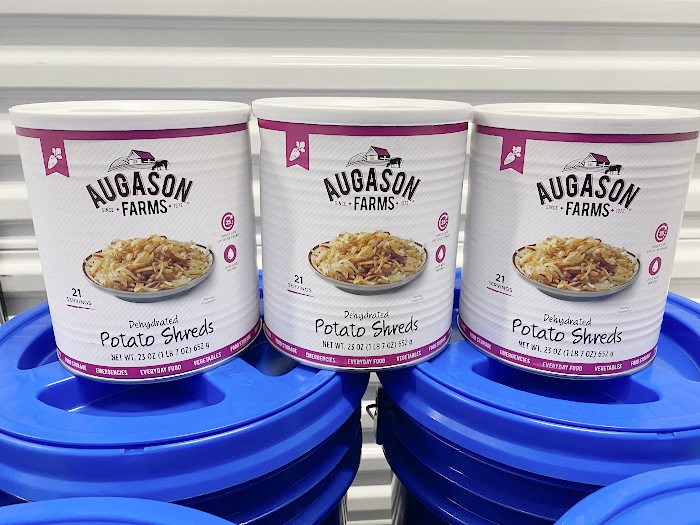
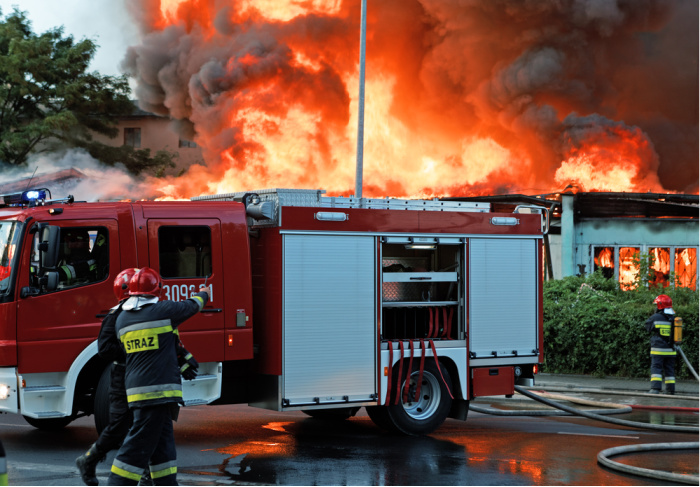
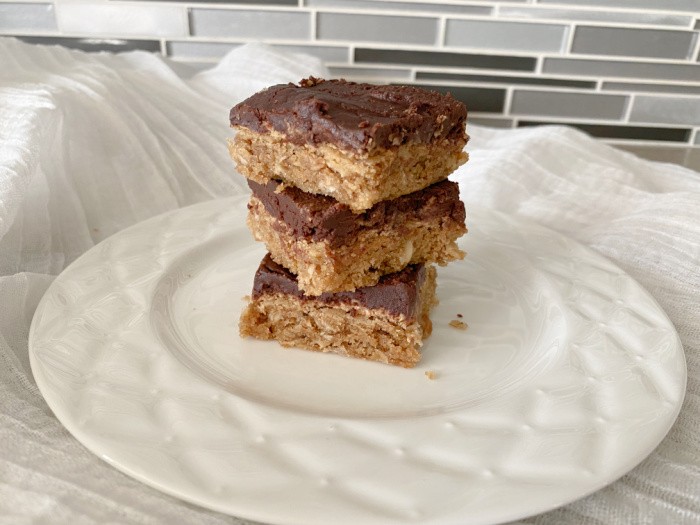
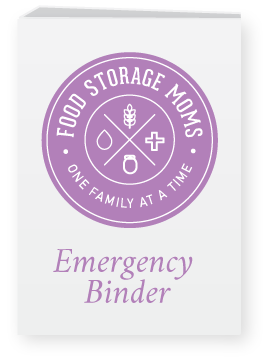
Hello Linda, I have a question that isn’t really related to the article but is important nonetheless. I’m a teenager, & I don’t remember exactly how I got into prepping but I remember getting your book at the library and reading it was a huge part of it. I’m in school right now so I can’t get a part-time job, but I am gaining money for emergency preparedness through landscaping, collecting bottles, etc., but I isn’t really enough. Even though my family does mostly understand the importance of emergency preparedness, they have been reluctant to contribute to it because they feel that we don’t have enough money for it, even though I have tried to explain to them that it doesn’t need to be a huge expense and can be put into their budget.
How can I convince them to contribute even as little as $25 per month?
Thank you,
Nick
Hi Nick, I admire your desire to be prepared. All they need to do is buy one or two extra cans of food each week. If they don’t have money then go to the Food Bank in your area. They have fresh food but they have canned goods as well. Thank you so much for reading my book at the library. Please check back in with me and I will mail one of my books after I get moved into my new house that is taking longer than expected to build. So everything I have is in storage units. Here’s the deal Nick, most of my family does not follow my example of preparedness, so you are not alone. Keep at it, the Food Bank and EBT cards are there for a reason. They are for people who need a little help right now. The price of groceries is ridiculous. You can do this, even if you do it just for yourself. I know, from first hand experience. Linda
I think you meant to fill the basin with clear water for rinsing. Great post though! Love all the ideas!
Hi Deborah, oh thank you my sweet friend for catching that typo. It’s fixed! Thanks again, Linda
There is a stark difference in how we use water when we hunt or when I was in the military. The fact that in a true emergency that you might have to haul it in and purify it before use will make you learn quickly.
Hi Matt, you are so right, I hope people practice NOW to haul water to see how hard it may be for them. Then they will be better equipped to have items to haul the water if need be. The rivers may be diverted due to weather as well, so we must be prepared for that as well. Linda
Even if you have plenty of water stored for emergency use the very first thing you should do in any emergency is fill every available container. I even have a bathtub liner bag that I can fill in an emergency. I also have water stored in mason jars in my pantry. Why store them empty, when you can store them full?
I’ve even considered getting an old Army Surplus Water truck (6,000 gallons), the advantage being I could drive (so long as I had fuel) to the Colorado river or Lake Mead and fill the truck using it’s hoses and on board pump.
HI Ray, that’s a great idea to fill empty jars. That’s a great idea getting an Army Surplus truck, living in the desert this would be a great idea. This reminds me about my granddaughter who lives in AZ they have to haul water to their property and fill this tank in the ground. Right now it’s their neighbor’s well. Water wells and aquifers are drying up. Water is so precious, we need it to live. Linda
I just want to say publicly that Linda’s posts on Water Bricks are spot on! Our family bought a set of 6 last Spring, and FINALLY filled them and put in the water preserver just a couple of weeks ago. Well, when I realized how little water that came to, it only seemed right to invest in more water bricks. So, off to Amazon I went to see what the current prices were. WHAT A SHOCK! AMAZON HAD DOUBLED THE PRICE!! Then Google told me to check out one site called PreparedPlanet.com, and they had MUCH better prices on their water bricks. We only wanted 6 more, but I paid for 8 because the price was only $30 more than what some places charge for 4!! What a great site to know about! I am posting this so that you all can find these types of supplies still at decent prices… Be safe rather than sorry, guys!
Hi Joyce, it’s funny how once we buy something from Amazon if we check again the prices have gone up. It’s weird. I’m glad you heard about this other company, that’s wonderful when you can purchase a good product at very good prices. Thank you for your kind words, my friend. I just found 10 WaterBricks for $189.00 with $8.50 shipping on Amazon. I’m glad they are still affordable. Linda
Linda; I am very glad you also found a price that was still decent on Amazon. It seems that the manufacturers have raised the prices of the lower nos. of water bricks, but it you buy a large quantity all at once, their prices are still about the same as before. I never intended to buy 8 more, but the price was so much better, we just went ahead and bit the bullet to get the lower price per unit!
The crazy thing was that once I complained to the Prepared Planet people about almost doubling the price for the quantity of 4 water bricks, the next day I saw they had taken it back down to $79.00! Sure wish I had waited on that purchase, cause now I’ve got to find a way to cover the quantity of 8!
HI Joyce, what I like about the WaterBricks, they are easy to store and one 3.5 gallon one is what one person can use in a day (I recommend 4 gallons person per day but 3.5 gallons is close), drinking, cooking, washing underwear and dishes. Now you can skip on some things with the water by using water from canned goods but water is water and I drink a lot each day. So 8 of those WaterBricks is good for 4 days for two people. Easy to figure and calculate how much water to store. Lost people have no idea how much water they need to store. In most cases we can’t store all we need some we may need to be able to go find water or catch rain water as well. Linda
One of my nearby neighbors now has a well that produces 40 gallons per minute of clear, cold, and delicious potable water. They are members of my MAG and have agreed to supply Jane and I with water if TSHTF so we can continue to grow veggies and fruits for everyone. Their well pump is on solar power, but they have an emergency hand pump too.
I’m using my Anna and Dorsett Golden apples for canning more apple pie filling and probably some more applesauce too. Lots of apples this Year. Jane used a jar of my home canned apple pie filling yesterday to bake a pie–crust made from scratch of course. SUPERB!
HI Ray, oh my gosh, your are truly blessed with that family with the well. Your whole group is blessed to have fresh vegetables and fruit. I still have Jane’s pie crust recipe, now I want to make a pie today! Apple pie is so good! Love it! Linda
Linda, for the first time gardening in AZ I’m buried in cucumbers. They are a hybrid called Sweet Success and I highly recommend them. I’m harvesting cukes that are 12-14″ long and 2+ inches in diameter. They are almost seedless and even the peels aren’t bitter at all. Fresh, cooling, and delicious. Everybody I’ve given them to wants to grow them.
I planted them in very large containers, filled with a mix of compost and Happy Frog potting soil, fed them with 2-15-15 liquid fertilizer weekly for the first month of their growth, watered them daily through my 1/4″ soaker hose irrigation system. We have so many bees around I don’t need to hand fertilize them.
In order to make them sustainable I will take cuttings, root them and place them in the mini greenhouse I have inside my house in a spare room. That way I can keep them alive all winter and transplant them outside next year–like I did with my Sweet 100 hybrid tomato last year. That mini-greenhouse is worth its weight in gold as I am using it now to grow lettuce, bok choi and spinach that would bolt if they were planted outside in this heat.
Hi Ray, wow, have you got this gardening figured out in the desert!! I love the idea of of the small green house is your spare room! I will have to try those cucumbers next year if I can get a garden in place. Fingers crossed. Linda
This is very timely for me! Our local water district has been plagued with leaks and due to summer population increases and drought the wells aren’t filling the storage tanks quite like they used to. We’ve had the water shut off several times this month, often with very little notice, and it seems likely to be an ongoing issue. Luckily I was well prepared with emergency water. I may now be able to convince more neighbours to do likewise as a general practice rather than just doing it when they get a notice. More and more people on our island are switching to rain water tank collection with water purifiers for potable water as well as garden water. In the meantime it’s amazing how much “found” water you can come up with for a garden and how many uses you can get out of your stored water before it ends up watering plants or whatever.
HI Alice, wow, thankfully you have stored emergency water! No notice or very little notice, yikes!! I have wanted a rain barrel for years, maybe this year! We had a really hard down pouring rain storm the other day and that water should have been saved and used for a garden or whatever! What a mess if you are in the shower or washing some clothes and the water turns off. Wow, not good. Linda
Reading this post reminded me of a book I read years ago – cannot recall the name, however. It was about a pioneering family from the 1800s. Anyway, all the dishwater, both washing and rinsing, went to the garden to water plants. Of course, they were using all natural homemade soaps back then as well. Just an idea but the rinse water could also be used for general cleaning as it would have only residual soap.
Hi Leanne, you are so right. I remember having a “double” sink growing up. One side was for washing the other was for rinsing the dishes. No dishwasher back then! LOL! Great idea, Linda
We fill the extra large laundry soap and fabric softener plastic containers from the big box stores with water when they are empty. The water can be used for hand laundry, flushing toilets and other non-consumable needs. I try to keep ahead of laundry and dishes at all times just in case.
HI Chris, I love this, it’s one more way to store water for uses other than drinking. We wash every Friday unless it looks a bad storm is coming into town. Life is good when you know your laundry is done! Linda
Hi Linda! Water is always a concern for me as we have no access except the Water District. It goes down/out, we’re outta luck. I’ve been trying to convince Kelly for years to get 2 rain barrels for our downspouts but he’s having nothing to do with it…darn it. I do collect water in all our Tropicana OJ bottles. They used to be 64oz but now due to shrinkflation, they’re only 46oz. However, the plastic is good and sturdy, not flimsy. We’ve got tons of water in those. We had dozens of flats of water from Costco get affected when our basement flooded years ago. We never bothered to test them to see if they were still good but we can certainly use it all for washing dishes and bodies!
Hi Robbie, you are not alone, I hear this quite often. It’s always water, until they experience being without water and must go stand in line to get bottled water, people will not understand. Bottled water from Costco or anywhere for that matter has a shelf life of about 12 months. It would probably be good after boiling it to wash dishes or “shower with”. Because your basement was flooded, I’m not sure what contamination is now in those bottles. Possibly nothing, but it would not be safe to drink. It would have to be filtered or purified. I am not a scientist but cautious. You juice jugs are a great option. You can only do what you can afford and what you have to do to keep peace in the home. I get it, you are not alone. Linda